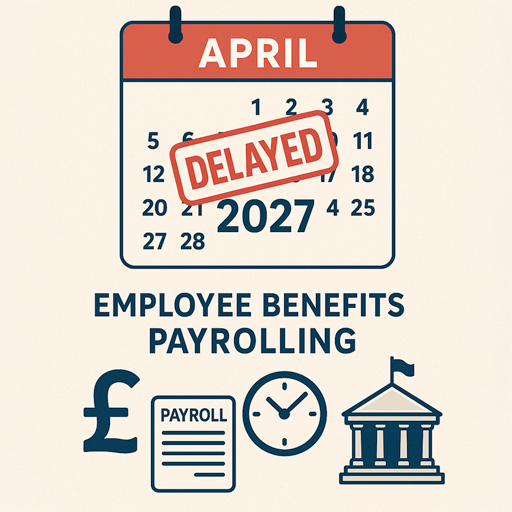The mandatory payrolling of taxable expenses and benefits, originally scheduled for April 2026, has been delayed until April 2027 to allow employers, payroll professionals, and software providers additional time for preparation.
HMRC cited concerns over system complexities and the need for a smoother transition as the primary reasons for this delay. Employers are now afforded an additional year to adapt their systems, streamline internal processes, and ensure full compliance with the impending changes.
Under the new framework, employers will be required to process the taxable value of benefits through the Full Payment Submission (FPS) along with regular payroll reporting. This means that both the Income Tax due on benefits and the corresponding Class 1A NICs will be calculated and paid in real time.
The move toward mandatory payrolling of benefits signals a radical change from a system reliant on cumbersome year end documentation. Benefits in kind (BIK) have relied on annual reporting through forms such as the P11D and P11D(b). Under the existing/current regime, employers calculate the cash equivalent of perks like company cars, health insurance, and gym memberships, only to then reconcile these figures at the end of the tax year. Employees, meanwhile, often faced substantial adjustments to their tax codes in subsequent periods.
This traditional method, while functional, was fraught with delays and administrative complexities that frequently resulted in errors and prolonged uncertainty.
To address these shortcomings, HMRC introduced the voluntary payrolling of benefits back in 2016. This approach allowed employers to include the taxable value of these non-cash benefits in their regular payroll cycles. By spreading any tax liability evenly across the year, taxes are collected as the benefit is provided rather than in a lump sum at the end of the fiscal period. A bonus being that employees can see the tax deductions on their monthly or weekly payslips.
Initially, the optional nature of the program meant that many employers, particularly those relying on outsourced payroll services, remained tied to the traditional P11D reporting for certain items. Some benefits, such as employer-provided accommodation and low-interest loans, continue to be excluded from payrolling, necessitating the older, manual reporting methods.


